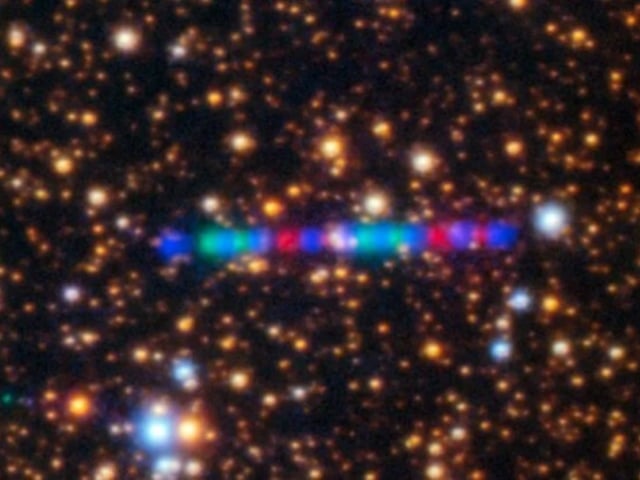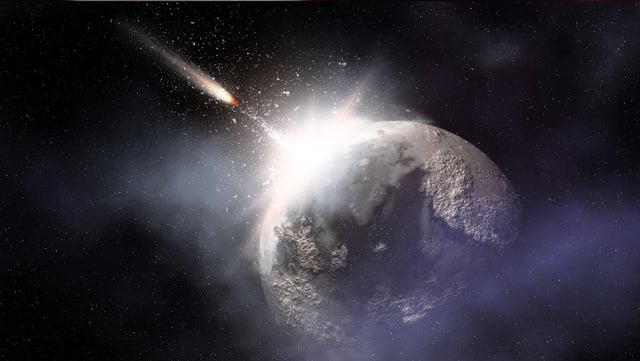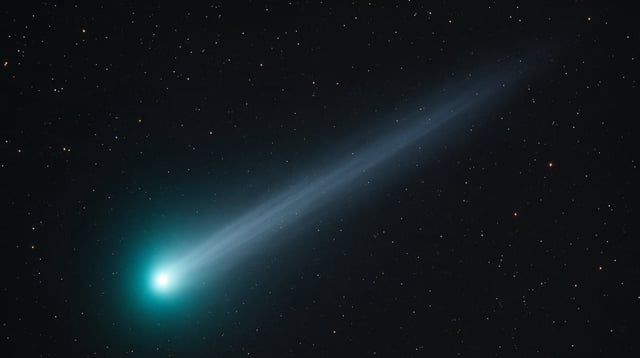Overview
- It was first spotted on July 1 by the ATLAS asteroid impact warning system and later traced in archival images from the Vera C. Rubin Observatory and Caltech’s Zwicky Transient Facility dating back to June 14.
- Orbit analyses show a hyperbolic trajectory that guarantees a single pass through the Solar System from beyond its bounds.
- At 11.2 km across, its icy nucleus is more than ten times the size of any prior interstellar visitor, offering a unique window into pristine extrasolar material.
- Avi Loeb and colleagues have called for deeper tests to rule out artificial origins, but spectroscopic and dynamical studies have revealed no evidence of non-natural signatures.
- NASA projects the comet will reach perihelion at 1.4 au on October 30 and will not approach closer than 1.6 au to Earth, posing no impact threat.



